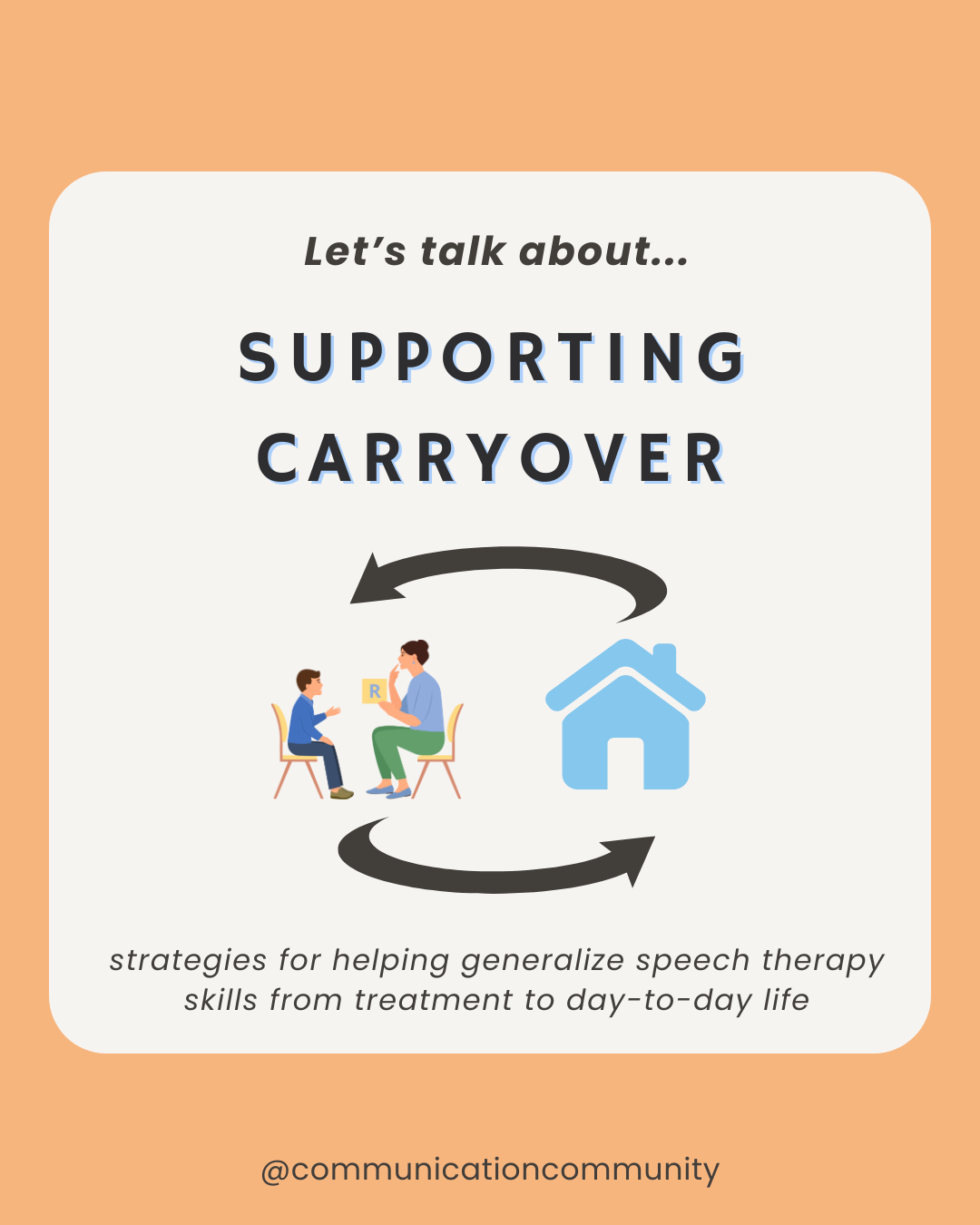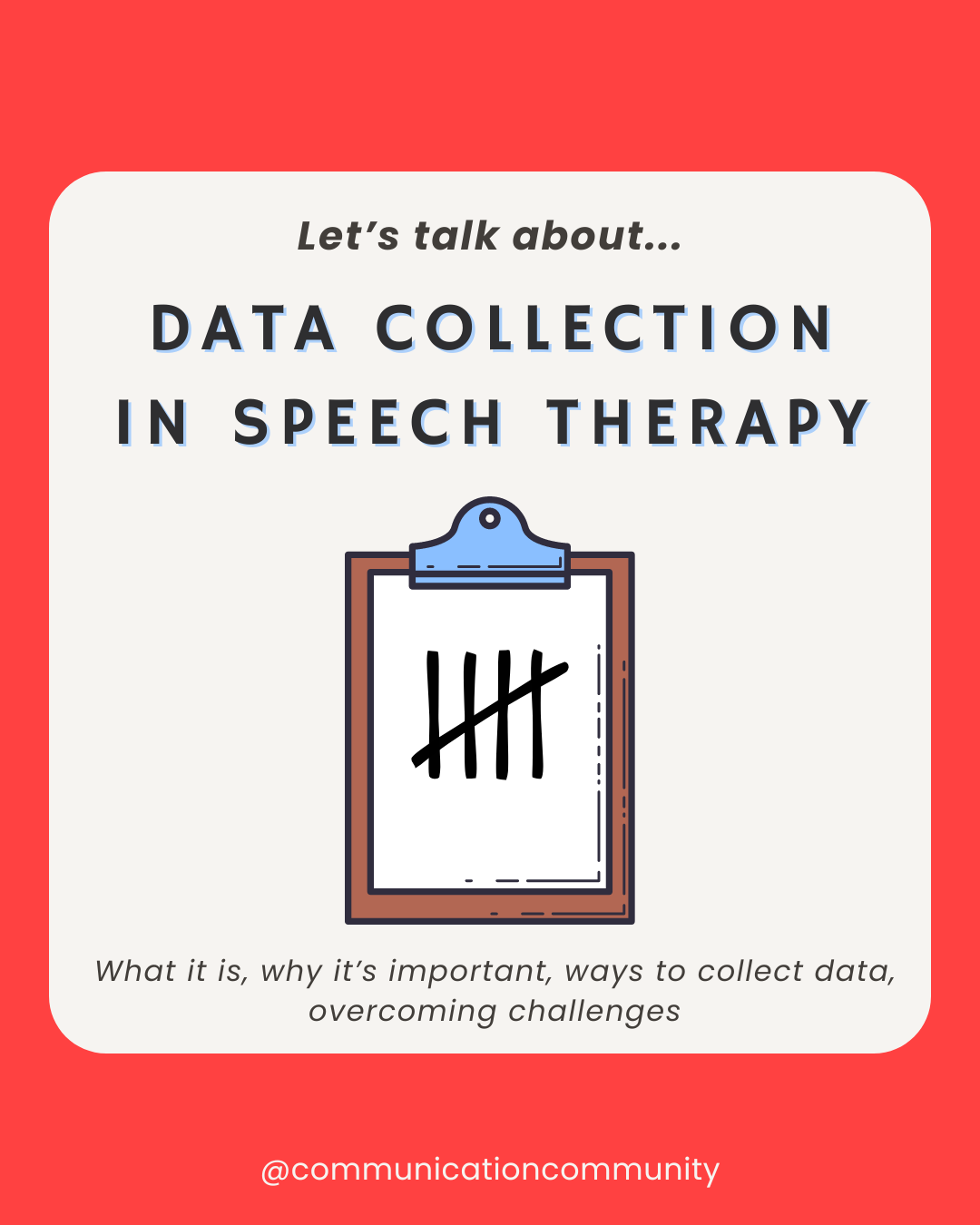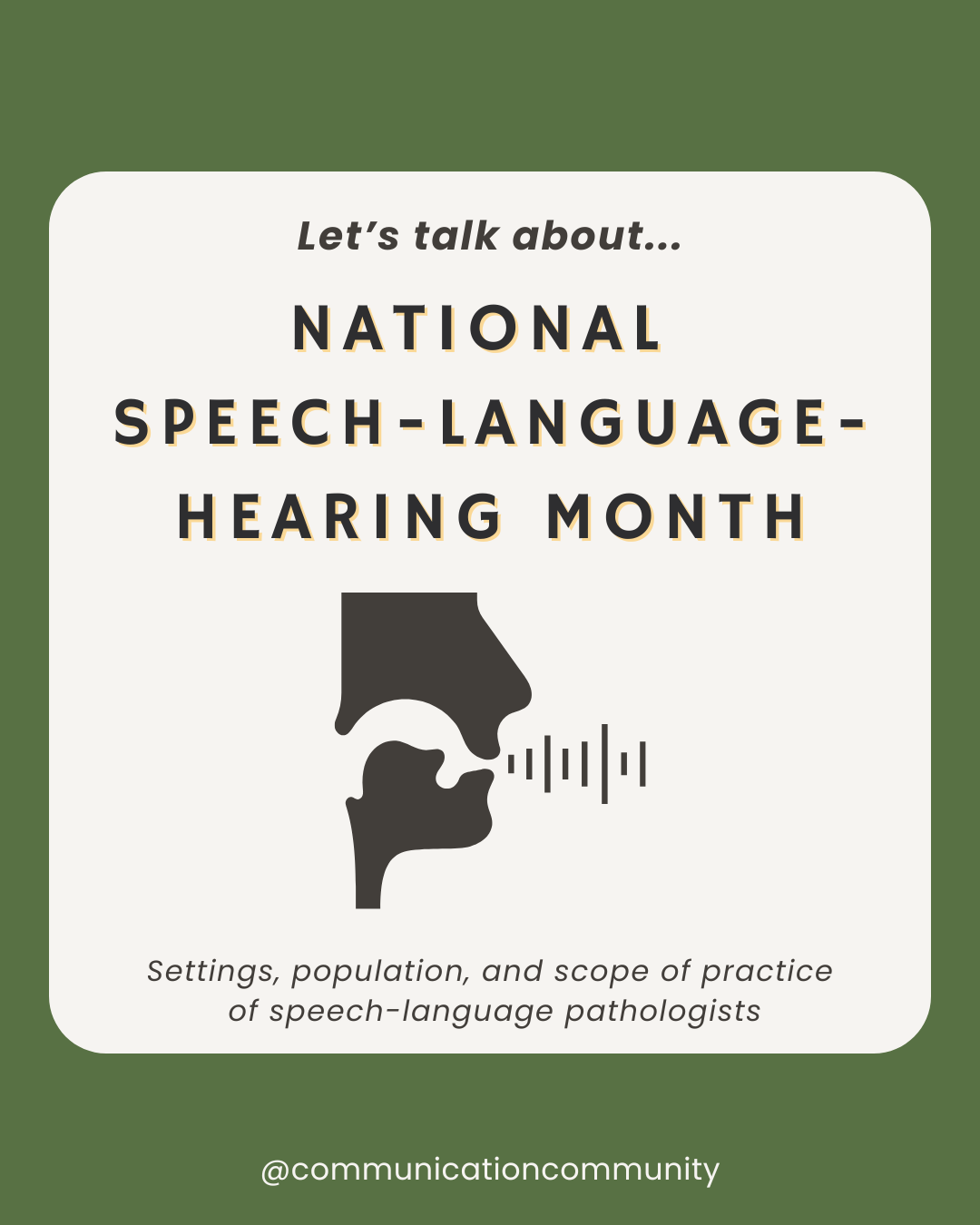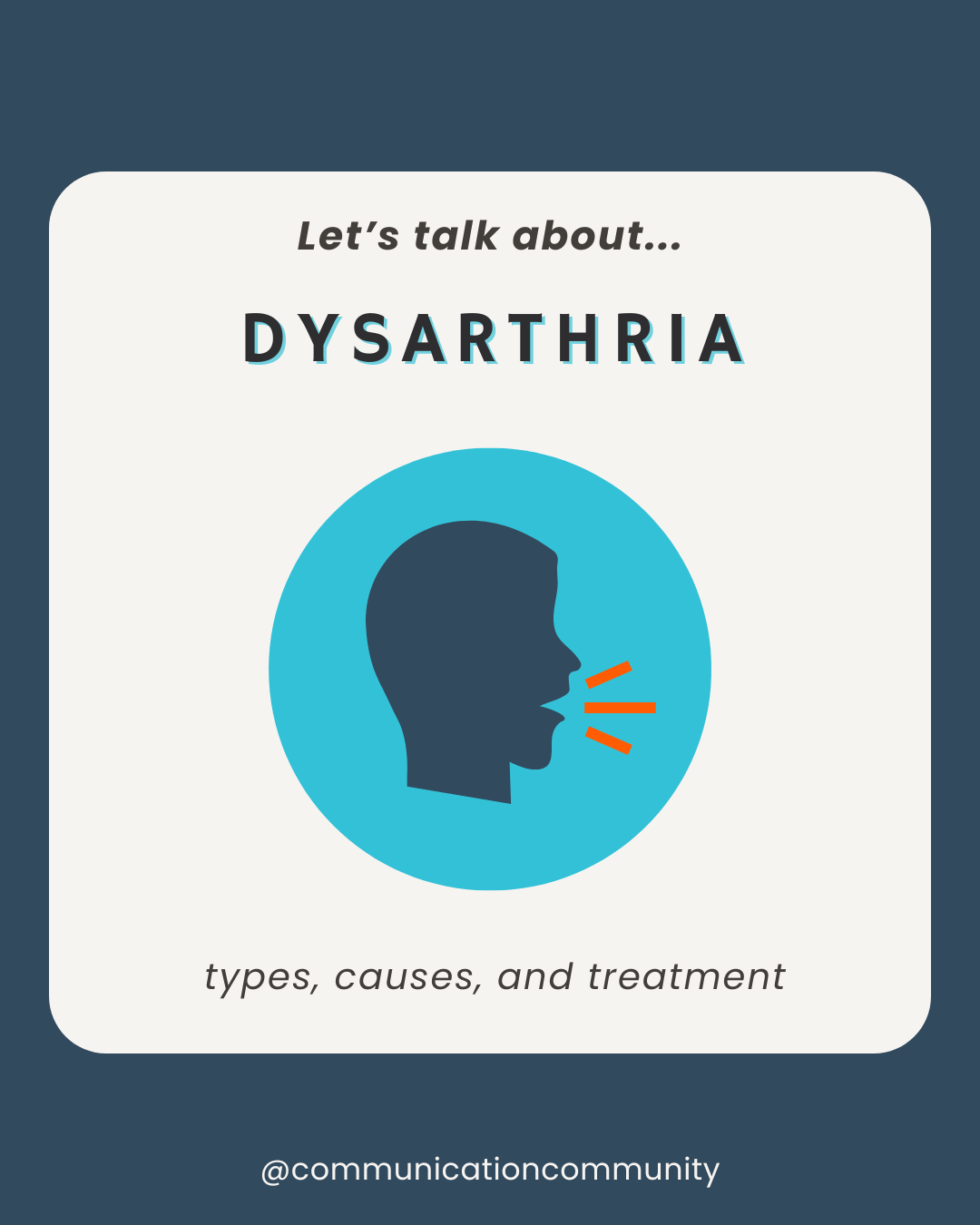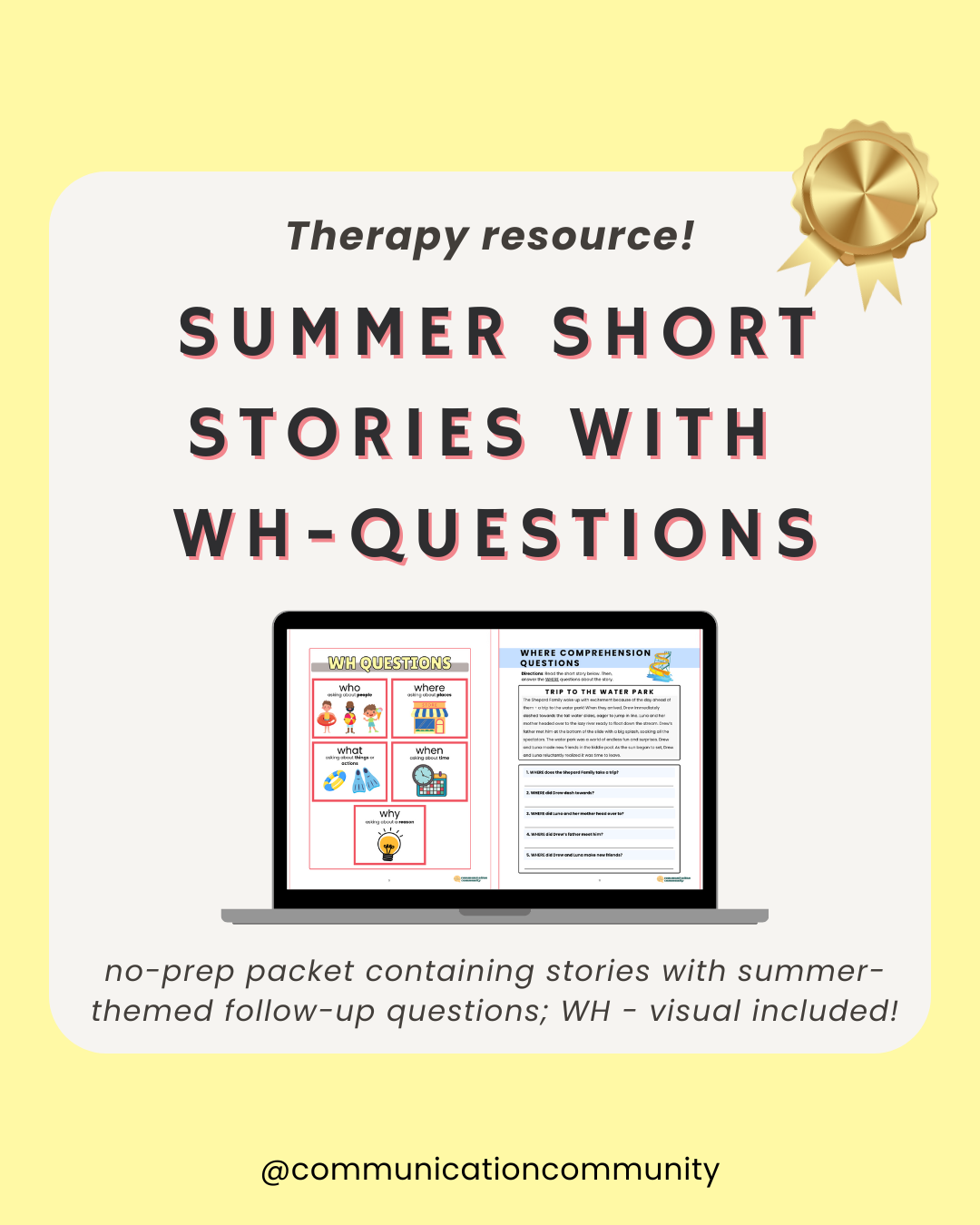What is Carryover in Speech Therapy?
Successful carryover and generalization of speech and language skills is the ultimate goal of speech therapy. The term carryover refers to when the skills learned in speech therapy sessions are literally "carried over" to the individual/client's day-to-day life and interactions. No speech-language pathologist (SLP) writes a goal with the intention of it only being achieved within the speech therapy session; the idea is that this skill will be used independently by an individual in their day-to-day activities.
That being said, the generalization of learned skills in speech therapy can be more challenging than you’d imagine. For example, an individual may be able to demonstrate a skill (e.g., use of a self-advocacy strategy or production of /r/) during a speech therapy session, but either they or their caregivers or teachers report that they are unable to demonstrate the skill as successfully in different environments.
Incorporating carryover strategies into treatment plans from the very beginning can help promote generalization outside of the therapy session. Keep reading to learn about ways to support successful carryover of speech and language skills.
Who Completes Carryover Work in Speech Therapy?
Carryover work is most often completed by the individual receiving the speech therapy services, though it can be supported by many other people. Other people who may support carryover include parents, family members, caregivers, educators, support staff, and other professionals. For example, if an individual has an AAC device, carryover work may include modeling communication on the device outside of speech therapy sessions at home or in school.
If you are a school-based clinician working on self-advocacy strategies with a student, the student’s special education teacher and general education teachers may provide carryover support by cueing the student to use these strategies across other settings.
If you are providing early intervention services to a child with a language delay in a daycare setting, the childcare worker can support carryover by using language development strategies you teach them. This will help encourage language growth in the child.
Why is Carryover in Speech Therapy Important?
As mentioned previously, carryover is important for the generalization of skills outside of the therapy room, which is the main goal as one begins to receive speech therapy services. Additionally, carryover can lead to
- Increased Independence: Individuals who complete carryover work may take more ownership of their skills, and may need less support to achieve their goals.
- Increased Engagement and Motivation: Working on skills outside of speech therapy sessions may allow individuals greater insights into why they are working on such goals, which can help them feel more engaged in their sessions and have greater motivation to make progress toward them.
- Increased Family and Caregiver Involvement: Family members and caregivers often take the role of completing and/or supporting speech therapy carryover work. This can help them understand what their loved one is working on and can lead to greater participation in the treatment process.
- Decreased Time and Money Spent on Services: If more carryover is completed, this may lead to an individual achieving their goals more quickly. This may mean less time in sessions and therefore, reduced costs for those paying for services. Though it can be bittersweet to discharge or exit some of your clients, that is the ultimate goal!
5 Ways to Support Carryover in Speech Therapy
- Provide Education about Speech and Language Skills: Even well-meaning individuals and caregivers can have difficulty with carryover if they aren’t sure what is being targeted. Giving insight into what an individual’s speech and language areas of need are, what their goals are, and how you’re working to achieve those goals can be impactful.
- Incorporate Self-Reflection Exercises: Self-reflection may include checking in on how an individual is feeling, their perceived strengths and challenges, and what carryover work has been completed. If an individual is unable to answer these types of questions independently, they can also be asked to their caregiver or loved one. By asking these types of questions, you can gain insight into the generalization of skills and future treatment plans. Additionally, an individual may be more likely to complete carryover work if they know that they are going to be asked about it by the SLP in the next session 😜.
- Utilize “Homework”: Carryover work may include concrete assignments, such as specific worksheets to complete, or it may be more abstract/vague, such as “model language.” Suppose you think the most effective carryover work may be too abstract and difficult for an individual to report on. In that case, you can make it more concrete by providing specific details about the desired task. For example, you may provide a handout that encourages a parent to model a specific language concept (e.g., verbs in short sentences) 5 times each day. The parent can check off whether or not they completed this task. Providing specific criteria to follow can make the carryover work appear less overwhelming. We offer many no prep worksheets and handouts that are perfect for supporting carryover. Read more about them below.
- Keep it Doable: Along with providing specific examples of carryover work as mentioned above, provide carryover work that you believe is achievable for an individual and/or their caregivers. What is doable for one individual or family may not be for another one, so you may have to adjust carryover assignments. One individual may be able to complete a 30-minute assignment every day between speech therapy sessions, whereas another may only be able to complete one 20-minute assignment outside of the session each week. Something is better than nothing.
- Additionally, generally speaking, carryover work should not include tasks that are too difficult for an individual to complete. If you are working on the production of /k/ and /g/ in the initial position of single words in your speech therapy sessions, it is probably not the best idea to provide carryover assignments that have the individual working on /k/ and /g/ in all positions of words at the sentence level.
- Exercise Patience: As an SLP, you may have to review the importance of carryover, carryover strategies, and activities to complete outside of sessions many, many, many times. So, don’t give up once you’ve discussed carryover one or two times and you don’t feel it’s being implemented! It can take time. Additionally, you may find that different approaches are helpful. For example, if giving general verbal instructions for carryover hasn’t worked in the past, try providing a handout with specific carryover ideas after the next session to see if that is more effective for your client.
Carryover Activities for Speech Therapy
Because the scope of speech-language pathology is vast, carryover work can vary significantly. However, some of our general favorites include:
- Reading articles, short passages, and books: Provide book ideas and specific skills to target while reading.
- May be appropriate when working on: articulation, language, social-emotional, stuttering, or voice
- May be appropriate when working on: articulation, language, social-emotional, stuttering, or voice
- Playing games: Provide skills to target while playing a game.
- May be appropriate when working on: articulation, executive functions and self-determination, language, social-emotional, stuttering, or voice
- May be appropriate when working on: articulation, executive functions and self-determination, language, social-emotional, stuttering, or voice
- Conversation starters: These may include general conversation questions and Would You Rather…? questions
- May be appropriate when working on: articulation, receptive, expressive and pragmatic language, stuttering, social-emotional, or voice
Want instantly-downloadable, no-prep carryover resources you can send home with your clients? Inside our Premium Community, we offer HUNDREDS of these, including reading comprehension worksheets, sound-loaded stories, Would You Rather…? Questions (sound-specific and differentiated for age), and more.

References:
Murray Law, B. (2020). Strengthening families by involving siblings in autism treatment. The ASHA Leader. https://doi.org/10.1044/leader.FTR1.25042020.48
Panel, G. D., Brown, J., Kaelin, D., Mattingly, E., Mello, C., Miller, E. S., Mitchell, G., Picon, L. M., Waldron-Perine, B., Wolf, T. J., Frymark, T., & Bowen, R. (2022). American Speech-Language-Hearing Association Clinical Practice Guideline: Cognitive Rehabilitation for the Management of Cognitive Dysfunction Associated With Acquired Brain Injury. American Journal of Speech-Language Pathology. https://doi.org/23814764000300140072
Schaffer, K. M., & Henry, M. L. (2021). Counseling and Care Partner Training in Primary Progressive Aphasia. SIG 2 Neurogenic Communication Disorders. https://doi.org/23814764000300140072

